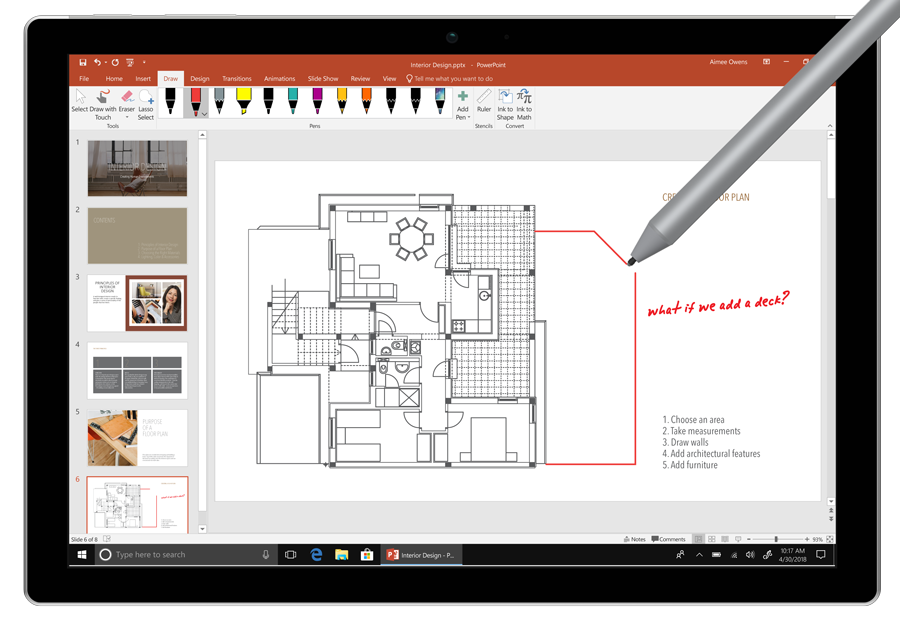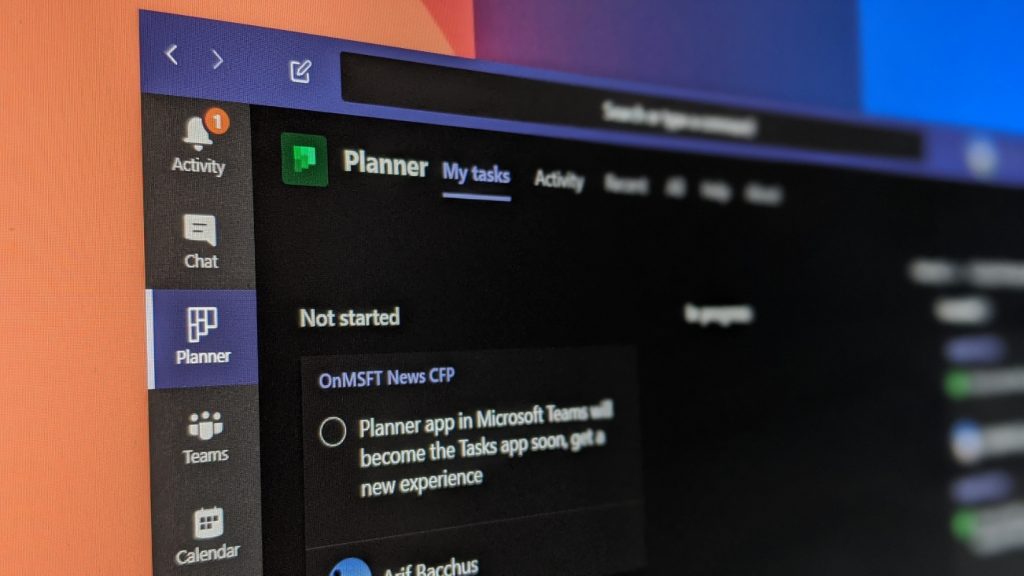One of the most exciting news that came out during the last year was the release of Microsoft Planner. The tool provides a web-based interface and allows users to manage tasks right in the browser, completely independent of other tools like SharePoint or MS Project. Having spent a great share of my career in project management and being an avid follower of Agile methodology (I utilize Agile principles when I configure SharePoint sites for my clients), I believe that Microsoft Planner is a game changer for Agile projects. With his post, I would like to explain how you can use Microsoft Planner for Agile and specifically SCRUM projects, with a very little upfront setup.
What is Microsoft Planner?
Managing multiple deadlines and tasks? Planner in Microsoft Teams is a simple-to-use project management tool. This tutorial will show you how to create a boa. How To Use Microsoft Planner For Meetings - Microsoft Teams Tutorial 2019. In this overview demo, we take our first look at using the Microsoft Planner app a.
Up until recently, for those of us working in the SharePoint environment, the tools of choice for task management were Task Web Part or Project Online/Project Server (Microsoft’s PPM solution). Unlike the two choices above, Microsoft Planner provides an unorthodox way to manage projects. No task dependencies or complicated project schedules and no upfront setup or configuration. Instead – a very simple and intuitive interface. I have published a very detailed post on Planner and its features just recently. You can access it here.
Using Planner for Agile and SCRUM
Historically, SharePoint had a Tasks web part available for task management. Despite some pretty robust features, it made the most sense just for Waterfall (phased/sequential) projects and was not compatible with the Agile ones. By the way, you can read a comparison of Planner vs. Tasks Web part here.
The newly released Microsoft Planner is a total game changer and in my opinion is a perfect fit for Agile/Scrum projects. Below I would like to highlight the different areas of Planner as they relate to SCRUM artifacts and explain to you how you can configure Planner to accommodate Scrum Projects.
Sprints
The sprint backlog is essentially a list of tasks from the product backlog which will be completed in the particular sprint. Sprint backlog can be captured via Buckets in Planner. Essentially, you would name your Planner buckets as Sprint 1, Sprint 2, Sprint 3, etc. and add tasks to each of the Sprints (buckets) accordingly.
Product Backlog
The product backlog is the complete list of requirements/tasks to be completed for the project. Product backlog can be set up as yet another bucket. As you design your sprints and proceed from one sprint to the next, you can move tasks from product backlog bucket to sprint bucket and vice versa by easy drag and drop (Planner feature).
User Stories

User stories in Scrum are short descriptions of a feature from the business user perspective. Since this is often expressed as text, an ideal place for this is OneNote notebook, that is part of every plan in Microsoft Planner/Office 365 Group.
Daily Scrum Meetings
Meeting Logistics
In case the team is not co-located, Skype (that is part of your Office 365 subscription) is a great way to handle those 15-30 minute daily stand-ups.
Meeting Notes
OneNote is a perfect tool to capture meeting notes from daily stand-ups (or Skype) meetings. By the way, reference this post to learn more how to use OneNote effectively for meeting notes. When it comes to SCRUM Daily meetings themselves, the only three questions need to be addressed during the meeting are:
1. What did I do yesterday that helped the development team meet the sprint goal?
2. What will I do today to help the development team meet the sprint goal?
3. Do I see any impediment that prevents me or the development team from meeting the Sprint goal?
Sprint Burndown Chart
The Sprint burndown chart is a chart showing remaining work in the Sprint Backlog. While Planner does have task summary charts available, they are not in the format of the typical Sprint burndown chart.
However, such chart can manually be maintained using the statistics from the Planner itself. Each task can include the estimated/remaining effort info which can assist the Scrum Master in the preparation of the Sprint Burndown Chart.
From that point on, the Scrum Master can use Excel to pull the information together and display info via a chart.
Image Credit: Wikipedia
Release Burndown Chart
Release Burndown Chart shows the amount of work (tasks or user stories) left vs. the number of sprints. As with the previous chart, the statistics for this diagram can easily be obtained from the Planner buckets and charts and can manually be maintained/built in Excel.
 -->
-->In this article:
How do I turn off Planner for my organization?
When Microsoft Planner is included in your subscription, it's automatically turned on for everyone in your organization. If you want to control which people in your organization have licenses for Planner, for example, if your organization isn't ready to begin using Planner, you can remove or assign Planner licenses by using Office 365 PowerShell.
To control which users have Planner licenses, follow the instructions in How to use Office 365 PowerShell to manage Microsoft Planner licenses. When running the scripts in Office 365 PowerShell, the DisabledPlans value for Microsoft Planner is PROJECTWORKMANAGEMENT.
Note
Removing a user's Planner license only prevents them from navigating to Planner using the Planner tile. Users in your organization without licenses to Planner can still create and modify plans at the direct Planner URL: tasks.office.com. You can remove users' ability to create plans at tasks.office.com (see How do I manage who can create a plan?), but you can't remove their ability to see and modify existing plans at tasks.office.com at this time.
How do I manage who can create a plan?
Every time a person in your organization creates a plan in Planner, the plan's list of members automatically form a Microsoft 365 group. So to control who creates a plan, you need to control who can create Microsoft 365 Groups.
Admins can control who can create a Group by using Azure Active Directory (AD) PowerShell. Follow the instructions in Control who can create Microsoft 365 Groups to:
- Disable Group creation for all users in your organization.
- Allow specific users to create groups (for example, all Planner users) while group creation is disabled.
Important
- Disabling group creation for your organization will affect users of other Microsoft services that need group creation, such as Exchange Online. Make sure to account for all people in your organization that need the ability to create groups when you configure this setting.
- Controlling who can create Microsoft 365 Groups only prevents users from creating new plans. They will still be able to see and modify existing plans at tasks.office.com.
How do I change the domain that Planner email notifications come from?
If you are interested in having your notification emails come from a custom email domain, follow the steps described in Multi-domain support for Microsoft 365 Groups - Admin help.
Can people outside of my organization get invited to participate in a plan?
Yes. Guest access allows you to invite people who aren't part of your Microsoft 365 organization to participate in a plan. Guest users will have limited functionality, but can perform the following tasks:
- Create and delete tasks and buckets
- Edit task fields
- Attach a file or link to a task, if given additional permission
- Edit the plan name
For more information, see Guest access in Microsoft Planner.
Can people in my organization use Planner if they don't have an Exchange Online mailbox?
Microsoft Planner And Jira

- If you are using Microsoft Planner in a hybrid environment in which your users may have Exchange Online or on-premises mailboxes, note that:
- Planner has full functionality when your user has a product license that includes Exchange OnlinePlanner users without Exchange Online may have the following issues:
- Users may have issues with viewing or adding comments to a task.
- Users may have issues viewing their favorite plans in Planner.
For more information, see KB article 3169632.
How do I make sure all my users can get emails for Planner?
In Planner, users can choose to receive emails when tasks are assigned to them or when tasks are due soon or late (see Choose whether to have email sent directly to you). However, email will only be sent to users who have a product license that includes Exchange Online. Users at organizations using on-premises Exchange Server or hybrid configurations may not receive all Planner emails.
How do I turn off Outlook calendar sync in Planner for my organization?
Outlook calendar sync in Microsoft Planner allows users to view their Planner schedule in Outlook. This feature is turned on automatically in Planner. If you want to turn this off for your organization, follow the steps in Turn off Outlook calendar sync in Planner for your organization.
Microsoft Planner And Teams
How do I install or activate Planner for my organization?
Planner comes with these subscriptions:
- Microsoft 365 Business Basic
- Microsoft 365 Business Standard
- Office 365 E1
- Office 365 E3
- Office 365 E5
- Microsoft 365 A1
For more on these subscriptions, see business plans, enterprise plans, or education plans. If your current subscription doesn't include Planner, the only way to get Planner is to switch to a subscription that does.
Can I see who is already using Planner, or see a list of all the Planner sites?
You can see a list of all groups in the Microsoft 365 admin center, in the Groups section, and find out more detailed information about these groups using Microsoft 365 Reports in the admin center - Microsoft 365 Groups. Every group comes with a plan, but a list of plans and active usage of plans are not included in these reports right now.
Microsoft Planner And Project Integration
How can I apply CA policies to the Planner iOS and Android apps?
To apply CA policies to the Planner iOS and Android apps, please make sure that CA policies are enabled for Exchange or SharePoint within Microsoft Intune in the Azure portal. Enabling CA policy for Planner alone (without policies enabled for Exchange or SharePoint) does not apply the policies for the Planner iOS and Android apps.